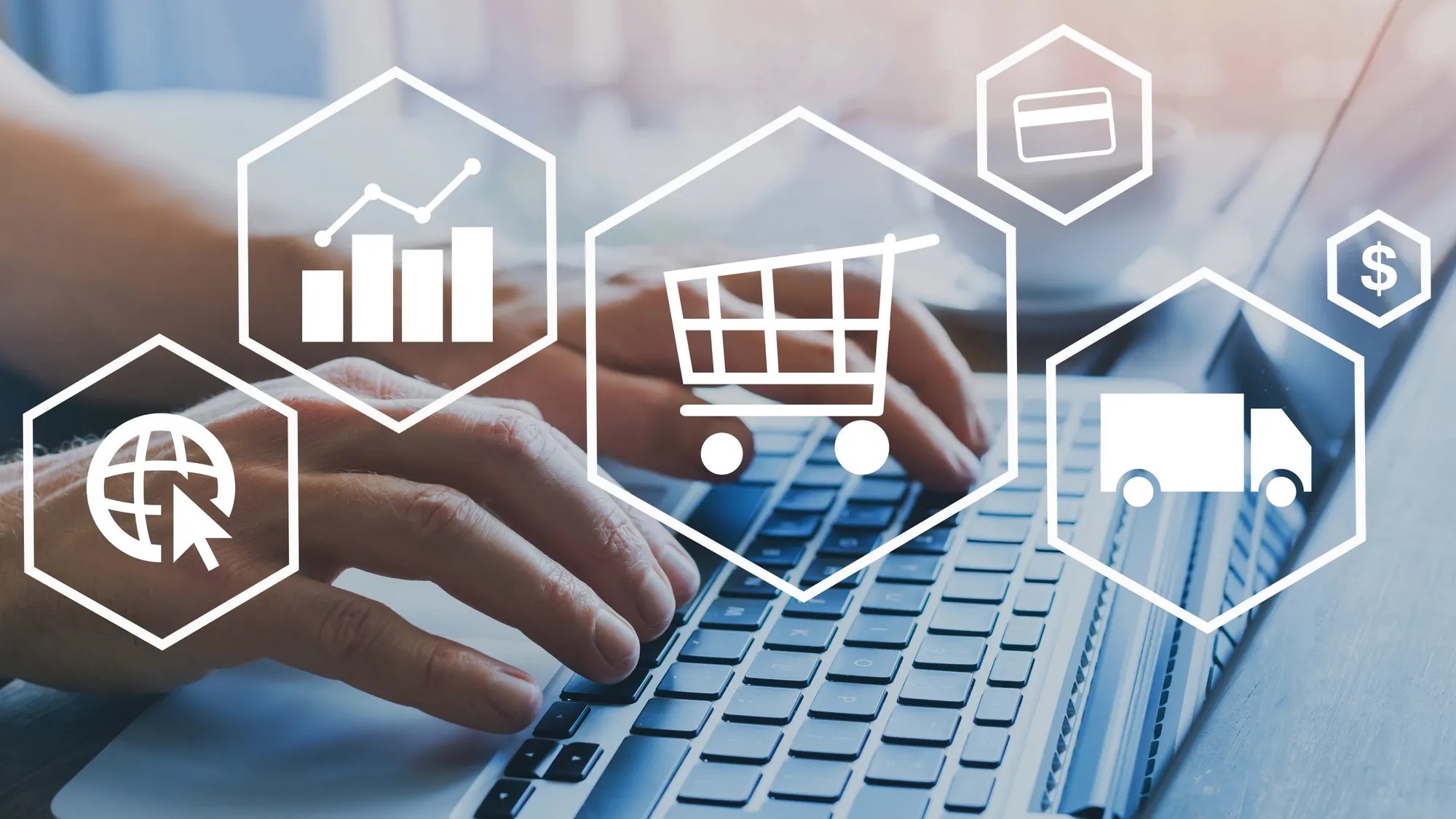How online checkout needs to evolve
The future of alternative payment methods

The future of digital checkouts isn’t going to be dominated by one, or even a small handful of payment methods. One reason for this is that regional payment preferences are becoming more identifiable across the globe; another is that general consumer payment preferences are diversifying.
Daniel Kornitzer is Chief Business Development Officer for Paysafe.
Debit and credit cards have always been the most popular payment method, and that is still true today. But there are several reasons card payments alone will never be the preferred payment method for all consumers:
1. New regulations such as Strong Customer Authentication (SCA) and Open Banking initiatives are making the user experience for some payments methods more convenient and user-friendly than card payments, especially
2. Not all consumers have bank cards
3. New payments methods such as crypto are gaining traction due to their specific characteristics, including lower cross border payment fees
4. There are new consumers paying online for the first time that don’t trust sharing their financial details online. And even those that are experienced with online payments might not be comfortable sharing their financial data
Businesses understand this trend, and have been reacting accordingly. But the diversification of the payments landscape is accelerating more rapidly now than at any time previously. So to discover more about how businesses are investing in a more diverse checkout, and their motivations, we commissioned a survey of over 900 businesses for our latest research report Lost in Transaction: Finding competitive advantage at the checkout. Here are some of the key findings from the report.
Sign up to the TechRadar Pro newsletter to get all the top news, opinion, features and guidance your business needs to succeed!
Has COVID-19 been an accelerating factor?
Clearly growing preferences for alternative payments methods is not a new trend, but is impossible to ignore the impact COVID-19 is having on the payments landscape. Overall, 65% of businesses says that COVID-19 has changed consumer payment preferences. Specifically, 57% of businesses say they seen an increase in payments being made by digital wallets; 39% have seen an increase mobile wallets payments; 28% have seen an increase in eCash payments; and 15% have seen an increase in direct bank transfers.
So it is not surprising that 63% of businesses say the pandemic has changed the way they think about accepting payments, and that 61% say COVID-19 has accelerated their plans to upgrade their checkout to satisfy increased consumer expectations.
How businesses are expanding the checkout
In 2020 we asked online businesses to tell us which payments methods they already offered, or planned to offer within the next two years. This year we asked businesses which payments methods they already offered or planned to offer within the next 12 months. When we compare the results, a clear pattern is visible. For every single alterative payment method, the percentage of businesses not already offering or considering offering in their online checkout has fallen in the past 12 months, and that is also true for almost every payment method in every country.
This demonstrates how businesses are thinking differently when it comes to offering alternative payments compared to a year ago; integrating new payment methods is clearly central to their plans to overhaul the checkout.
One alternative payment method to highlight is cryptocurrencies, which looks set to be rapidly integrated into online checkouts in 2022. Our research shows almost half (48%) of businesses confirming it is a priority to do this as soon as possible. That is because over half (54%) of businesses already think that crypto is the future of payments.
Cart abandonment and fraud are still a concern
But diversifying the checkout isn’t only about winning customers. Businesses are also facing issues that can be mitigated through offering more payment methods.
Chief among these is cart abandonments. 69% of businesses describe their level of cart abandonment as an issue, and one that is getting worse; half of businesses that have any cart abandonment in their checkout say it has increased in 2021.
Card declines and not being able to pay with their preferred payment method are two of the major reasons this is happening, say businesses. Offering more alternatives to card payments can reduce the impact of these two factors.
Tackling fraud rates is also on businesses’ agenda. Half of all businesses are more concerned about fraud now than they were last year, and 41% have seen an increase in fraudulent transactions during COVID-19. The majority (59%) agree that having more payment methods available is an effective strategy to reduce fraudulent transactions.
Next steps
It is clear that we will continue to see businesses commit to expanding the payment methods offered in their online checkout, and to work with an even greater intensity to bring choice to their consumers in 2022. Working with payments partners that can bring this range of payment methods through a single partnership and API will be crucial to making these ambitions become reality.
We feature the best mobile payment apps.
Daniel Kornitzer is Chief Business Development Officer for Paysafe. In this role, he is responsible for developing strategic partnerships for Paysafe designed to meet customer needs and grow new revenues.